Swiss on track to eliminate cluster bombs stockpile

Switzerland destroyed tens of thousands of cluster bombs last year and looks set to eliminate its stockpile in 2018. But some states continued to use the deadly munitions, mainly in Syria and Yemen, causing 971 causalities globally – double the previous year’s toll.
Last year, Switzerland destroyed 55,410 cluster bombs and 2,752,193 sub-munitions from its stockpile. This was in accordance with the Convention on Cluster MunitionsExternal link, which Switzerland ratified in July 2012, the Landmine and Cluster Munition Coalition reported on Thursday. It sends the projectiles to a disposal firm based in Germany.
Cluster munitions are weapons deployed from the air or launched from the ground that release hundreds of smaller sub-munitions but are imprecise and unreliable, killing and injuring even after conflicts are over.
SwitzerlandExternal link is focusing on destroying a large stock of 201,895 cluster munitions, comprising four different types, built up between 1988 and 2004. By the end of 2016, it had destroyed 86% of its original stockpile of cluster munitions (177,000) and nearly 81% of its original supply of sub-munitions (9.8 million).
“Switzerland is on track to complete destruction in 2018, in advance of its January 1, 2021 deadline,” said Mary Wareham, arms advocacy director for Human Rights Watch (HRW) and editor of the Cluster Munition Monitor 2017External link.
The Swiss munitions were purchased from Britain and Israel and reassembled in Switzerland, where special features were added to make them more reliable, according to the coalition. The stock is considered a last vestige of Switzerland’s defence policy to protect the country during the Cold War, when there were fears of an attack by Warsaw Pact countries. The Swiss army plans to keep a small stock of 50 cluster munitions and 2,600 sub-munitions for training purposes when the stockpile destruction is complete.
In all, 41 states party to the treaty have stockpiled cluster munitions and 28 have completed destruction of their stocks. This represents the destruction of 97% of the total stockpiles of cluster munitions and 98% of the total number of sub-munitions declared by states parties.
Deadly toll
While 119 countries have now signed up to the convention and are slowly meeting their treaty obligations, they do not include important players and producers like the United States, China, Russia and Brazil.
Last year, cluster bombs continued their deadly toll. Casualties from the internationally outlawed weapons more than doubled in 2016 compared with the previous year. The Cluster Munition Coalition said 971 people (98% of whom were civilians) were reported killed or injured by the bombs. However, activists say the real number is likely to be much higher.
Most of the increase was linked to the conflict in Syria (837 deaths), where Syrian government forces began using the weapons from September 2015 with Russia’s support. Russia has neither denied nor confirmed using cluster bombs.
Dozens of other casualties and injuries were caused by the Saudi-led bombing of Yemen. But deadly munitions buried in Laos from the American bombing of that country during the Vietnam War in the 1960s and 1970s led to 51 deaths, the monitor said.
There is evidence that cluster munitions were also used last year in Libya and Iraq by Islamic State forces, but reports have been difficult to verify independently, according to Mary Wareham. Other countries where casualties from cluster munitions were reported included Bosnia and Herzegovina, Lebanon, Serbia, South Sudan and Vietnam.
On September 4-6, government officials and experts will gather at the United Nations in Geneva for an international review of the convention.
Mine action
In 2016, Switzerland donated CHF18.9 million ($19.6 million) towards cluster bomb and landmine action activities. These included clearance projects, risk awareness campaigns and victim assistance projects in Angola, Bosnia and Herzegovina, Cambodia, Colombia, Gaza, Kosovo, Laos, Libya, Myanmar and Ukraine.
Part of the funds also went towards supporting the Geneva International Centre for Humanitarian Demining.
It also funded specialists taking part in United Nations Mine Action Programmes in the Democratic Republic of Congo, South Sudan and Western Sahara, as well as UN mine-related activities in New York and in Geneva.

In compliance with the JTI standards
More: SWI swissinfo.ch certified by the Journalism Trust Initiative









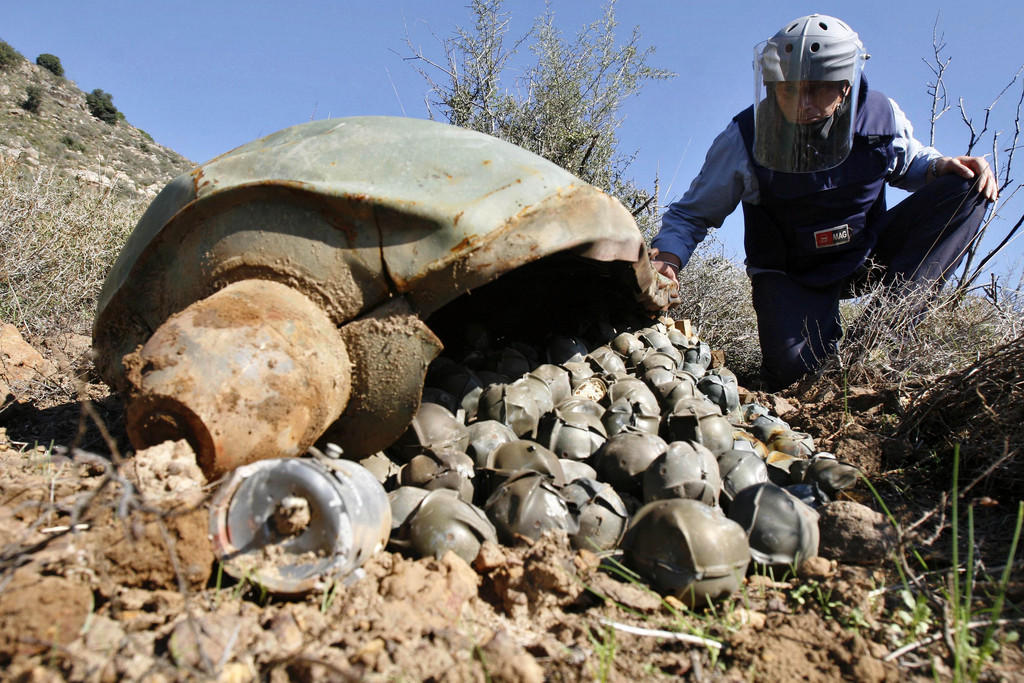

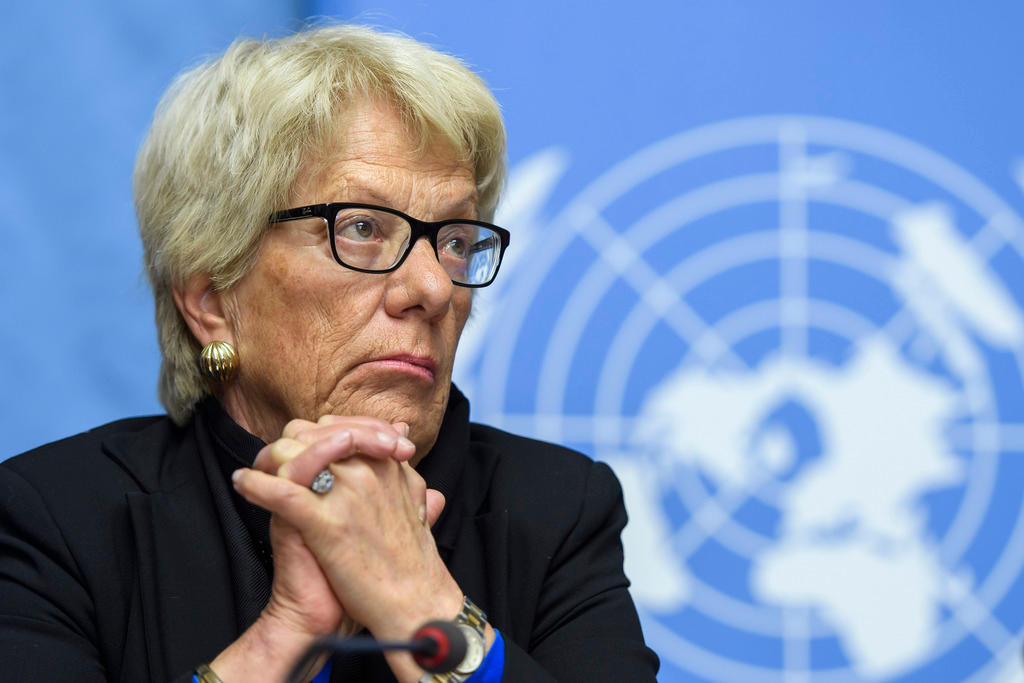
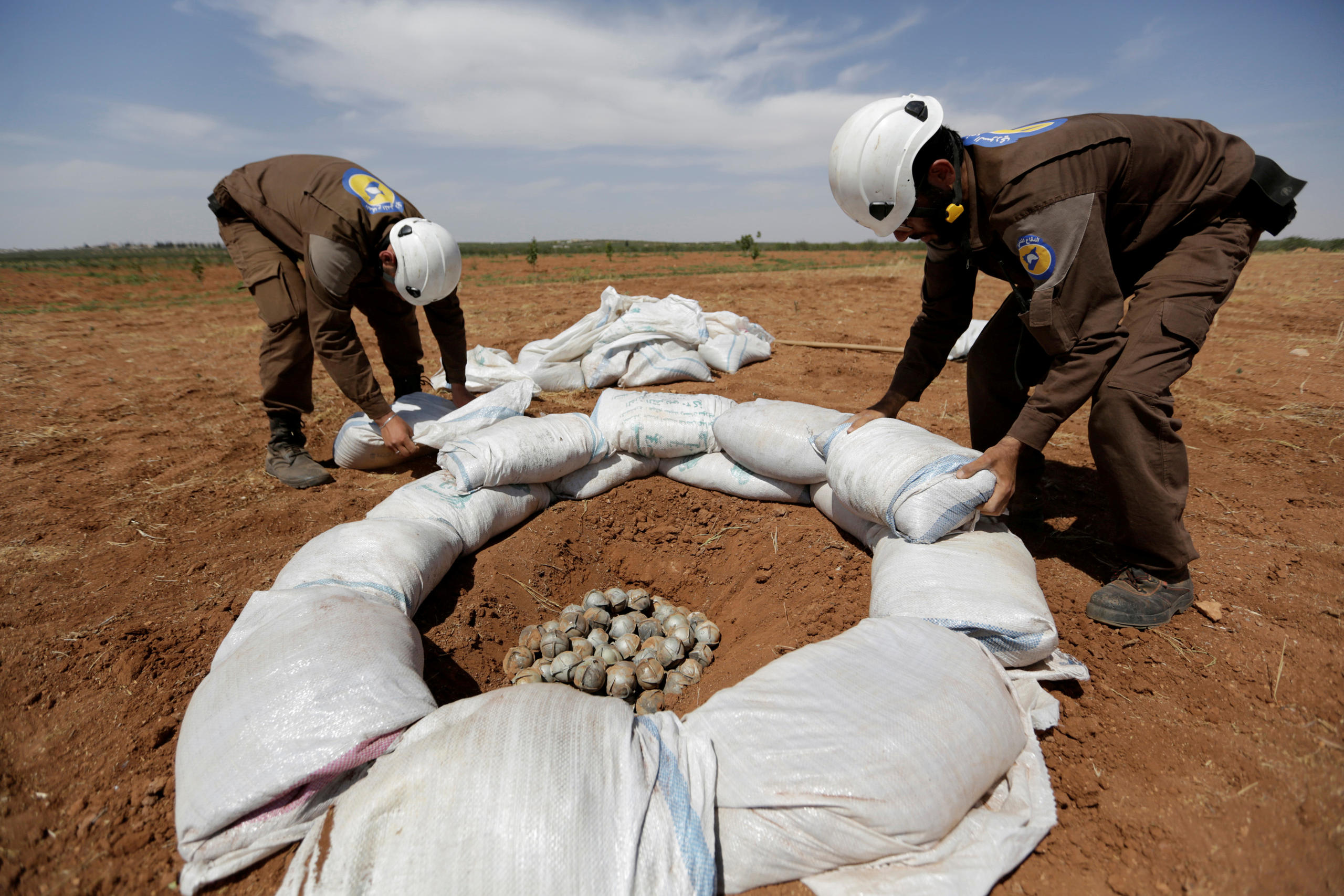
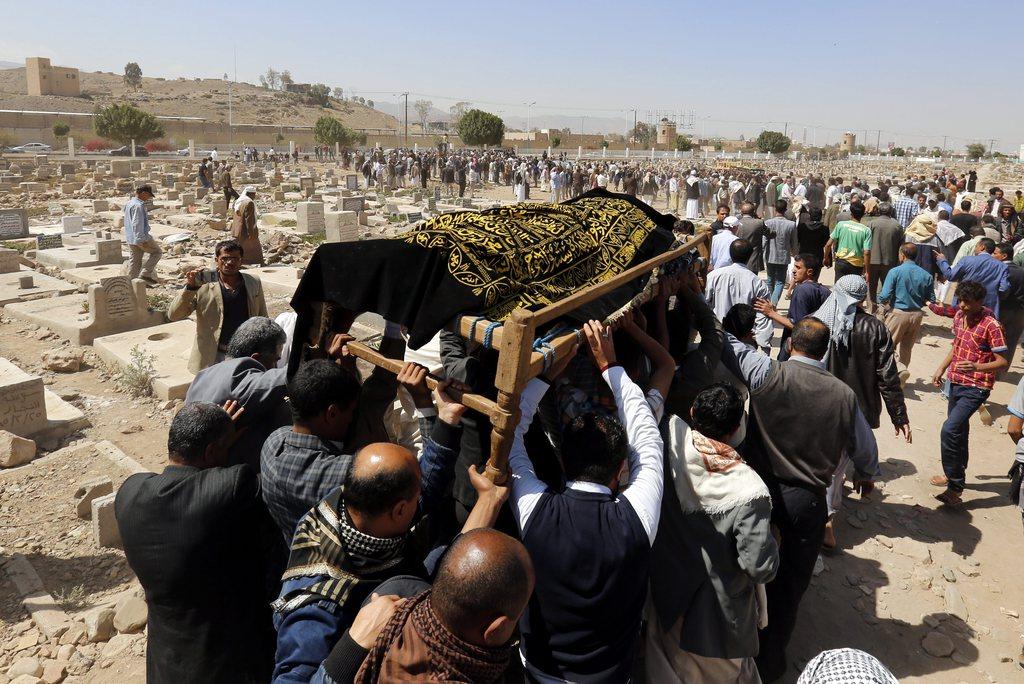
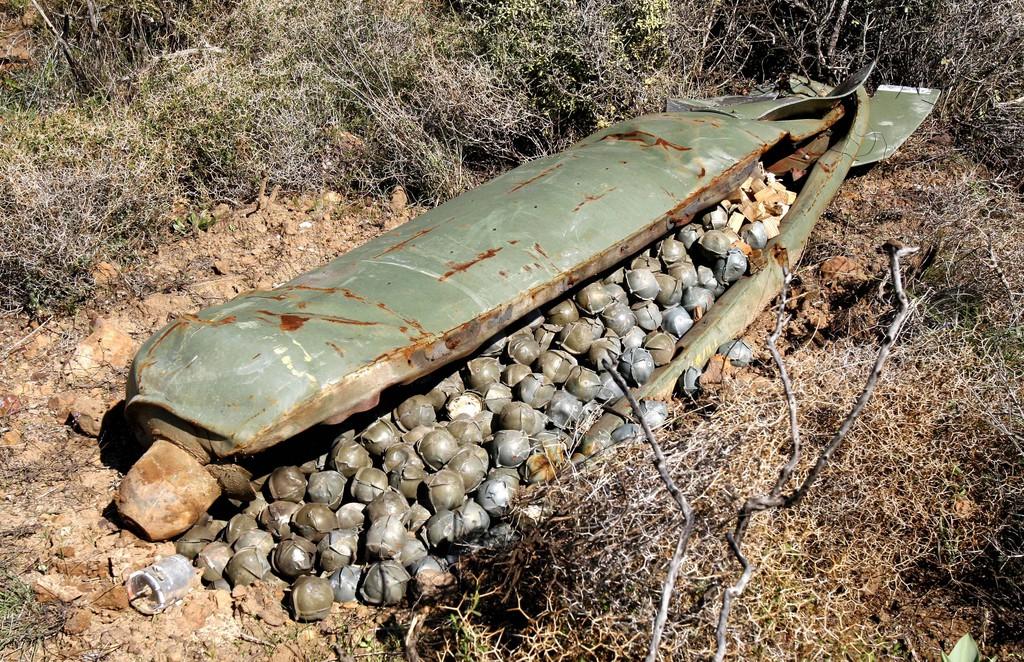
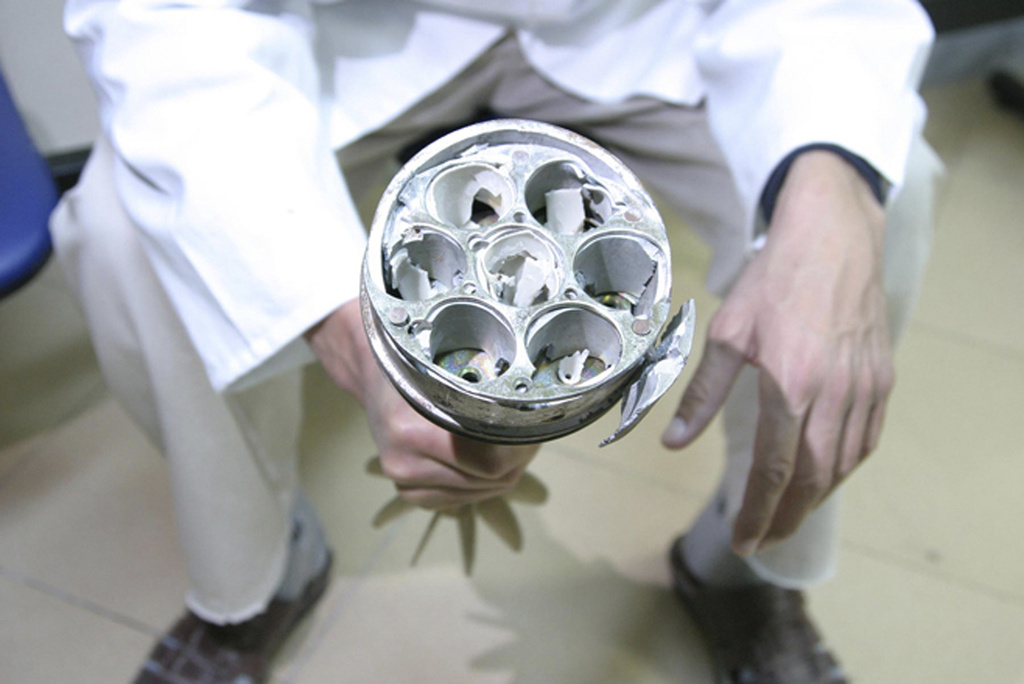
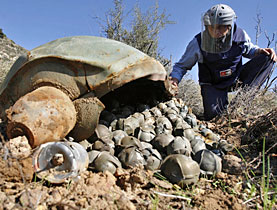
You can find an overview of ongoing debates with our journalists here . Please join us!
If you want to start a conversation about a topic raised in this article or want to report factual errors, email us at english@swissinfo.ch.